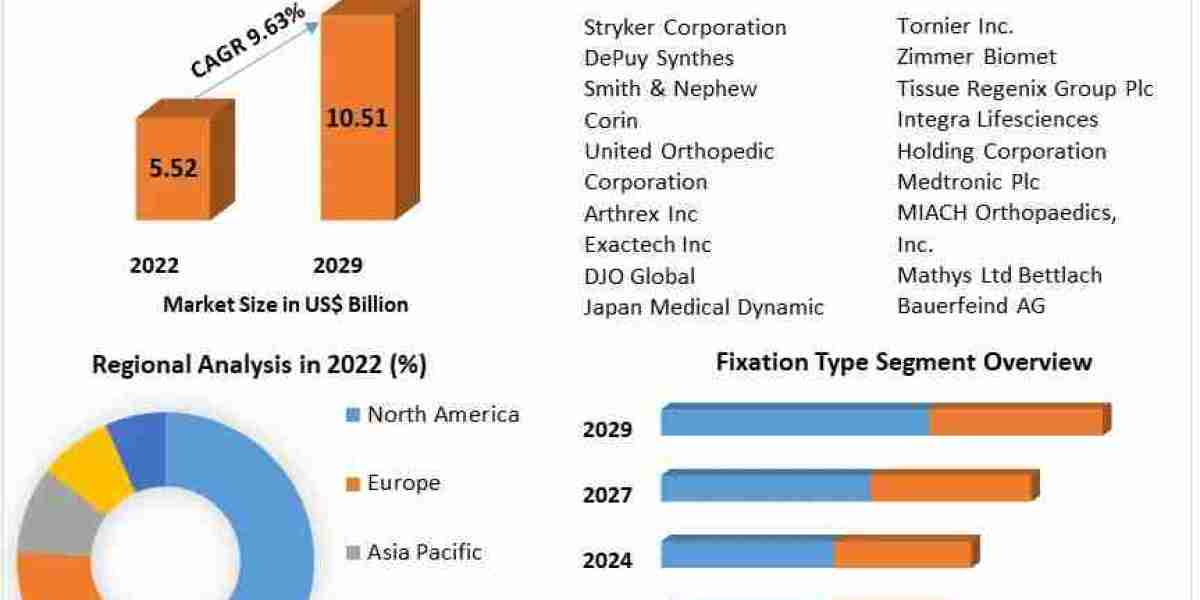When you think about product development, two essential terms often come up: MVP (Minimum Viable Product) and prototype. While both play vital roles in transforming an idea into a successful product, they serve different purposes and are used at different stages of the development process. Understanding the differences between these two concepts can help you decide when to use each and how to leverage them for maximum impact. Let’s dive into the key differences between MVP and prototype, and when to use each. You can learn more on MVP here
What is a Prototype?
A prototype is an early sample, model, or mockup of a product created to test specific aspects of its design, functionality, or concept. It is a tool used by designers, engineers, and developers to visualize an idea before moving forward with actual production. Prototypes can range from simple sketches or wireframes to interactive models that demonstrate a product's core features.
Purpose of a Prototype
The primary purpose of a prototype is to explore, refine, and communicate ideas. It allows stakeholders to:
- Visualize the product concept.
- Test design choices and usability.
- Gather early feedback from potential users or clients.
- Identify and resolve design flaws or technical issues before full development.
Prototypes are often used to validate ideas, improve the user experience, and ensure that the product will meet the intended needs of its users.
What is an MVP (Minimum Viable Product)?
An MVP (Minimum Viable Product) is a version of the product that includes only the essential features necessary for it to function and provide value to its users. It is the first fully working version of a product that can be launched to the market, albeit in a simplified form. The goal of an MVP is to test the product’s value proposition and gather real-world feedback from early adopters.
Purpose of an MVP
The MVP serves as the foundation for product development, enabling teams to:
- Test the core concept with real users.
- Validate assumptions and hypotheses about the product.
- Gather feedback to prioritize future features and improvements.
- Launch quickly and efficiently, avoiding the risks of building a fully developed product without knowing whether it will be successful.
The MVP approach minimizes waste, allowing companies to focus on developing the features that users actually want and need, based on real-world usage.
Key Differences Between MVP and Prototype
1. Stage of Development
- Prototype: Created early in the development process, often before significant resources are committed. It’s typically used to explore ideas and test basic concepts or design elements.
- MVP: Developed once a product idea has been validated and is ready for testing in the market. It contains just enough features to deliver value to users and test its core functionality.
2. Level of Functionality
- Prototype: Often non-functional or only partially functional. It might be a visual or interactive representation of what the product could look like but may not be ready for real-world use.
- MVP: Fully functional, though basic. The MVP is a working product that allows users to interact with and experience the core features.
3. Purpose
- Prototype: Aimed at exploring, refining, and demonstrating concepts. It’s a tool for testing design, usability, and specific features.
- MVP: Aimed at market validation. It helps test whether the product solves a real problem, meets user needs, and has the potential for success.
4. Cost and Time Investment
- Prototype: Generally requires less investment in terms of time and resources. Since it’s not intended to be fully functional, prototypes can be created quickly and inexpensively.
- MVP: Requires more time and investment, as it’s a working product that must include essential features, even if they’re not fully refined. Building an MVP typically takes more effort and resources than creating a prototype.
5. Audience
- Prototype: Primarily tested by internal teams, stakeholders, or a limited number of potential users to gather feedback on the product’s design and usability.
- MVP: Tested by actual users in the market, often early adopters who are willing to give feedback on the product’s core value and functionality.
When to Use a Prototype
A prototype is useful in the early stages of product development when you need to:
- Test design ideas: Prototypes allow you to visualize the look and feel of a product and experiment with different design options.
- Validate product concepts: Before investing heavily in development, prototypes help test whether your idea resonates with your target audience.
- Gather feedback on usability: Prototypes can help identify potential user experience issues early in the process.
- Secure funding or support: A tangible prototype can help communicate your idea to investors, stakeholders, or partners who need to see a physical representation of your product.
When to Use an MVP
An MVP comes into play when you’re ready to bring your product to market, even in a simplified form. You should use an MVP when:
- Validating the market demand: You want to test if there is a genuine interest in your product idea and if it solves a problem for your target audience.
- Gathering real user feedback: MVPs are released to real users, providing valuable insights that help improve and refine the product based on actual usage.
- Building a user base: MVPs can be used to attract early adopters who can help shape the future development of the product.
- Minimizing risk: By launching a simplified version of your product, you can gauge user interest and determine if it’s worth further investment before committing to a full-fledged product.
Conclusion: Which One Should You Use?
In the end, whether you should use a prototype or an MVP depends on where you are in the product development lifecycle.
- Use a prototype when you’re still refining your product idea, testing design elements, or exploring different concepts. Prototypes are a valuable tool for gathering early feedback and ensuring that you’re on the right track before investing significant time and resources.
- Use an MVP once you’ve validated your idea and are ready to take your product to the market. The MVP helps you test real-world viability, gather user feedback, and begin building your user base, all while minimizing risk and costs.
Both prototypes and MVPs are integral to the product development process, but they serve different purposes and are best used at different stages. By understanding the key differences and when to use each, you can set your product up for success in the long run.



